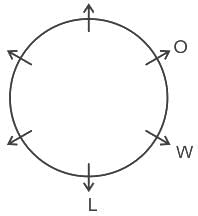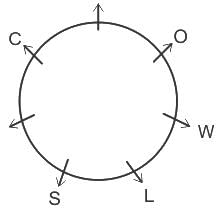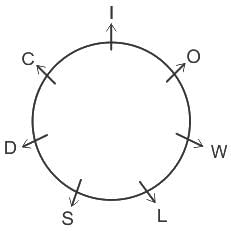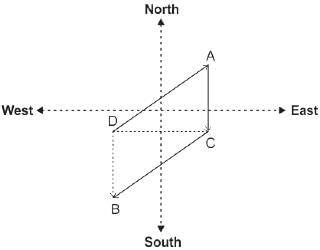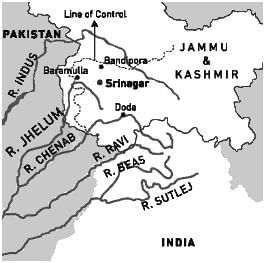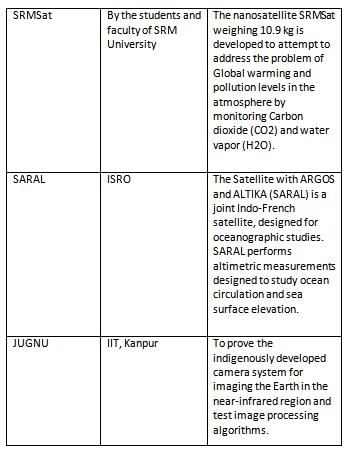DGAFMS Group C Mock Test - 5 - DGAFMS Group C MCQ
30 Questions MCQ Test - DGAFMS Group C Mock Test - 5
Choose the number pair/group which is different from others-
The present age of father is 3 times and 3 years more than his son. After 3 years the age of father will 2 times and 10 years more than the age of son. The present age of father is.
There are four persons standing in ground, "A" is standing to North-East of "D". Person "C" is south of "A" and east of "D". While person "B" is to South- West of "C" and south of "D". What is the direction of "B" with respect of "A"?
From the given answer figures, select the one in which the question figure is hidden/embedded.

A question is given, followed by two statements labelled 1 and 2. Identify which of the statements is/are sufficient/necessary to answer the question.
Question:
Is Mohita younger or older than Shubham?
Statements:
- Mohita is, at present, exactly 35 years younger than her father.
- Mohita's brother, Shubham, who was born in 1954, is exactly 34 years younger than his father.
 ): (correct the two decimal places)
): (correct the two decimal places)
The percentage distribution of Anil’s expenditures is presented in the given pie chart.
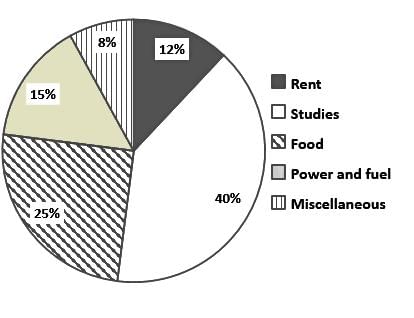
If Anil’s monthly expenditure is Rs. 65,000, how much money does he spend on Food and Rent?
Fill in the blanks with suitable Preposition from the given alternatives.
I saw him walking ____________ the street.
Choose the word that is opposite in meaning to the given word.
'Brittle'-
Fill in the blank with the appropriate word:
A ________ of sheep were roaming in the meadow.
Select the most appropriate option to fill in blank number 1.
Select the most appropriate option to fill in blank number 5.
According to the Census of 2011, which of the following states has the highest density of population per km2?
Which of the following rivers is NOT included in the ‘Panchnad’?
Which of the following satellites is India's first dedicated multi-wavelength space observatory?


